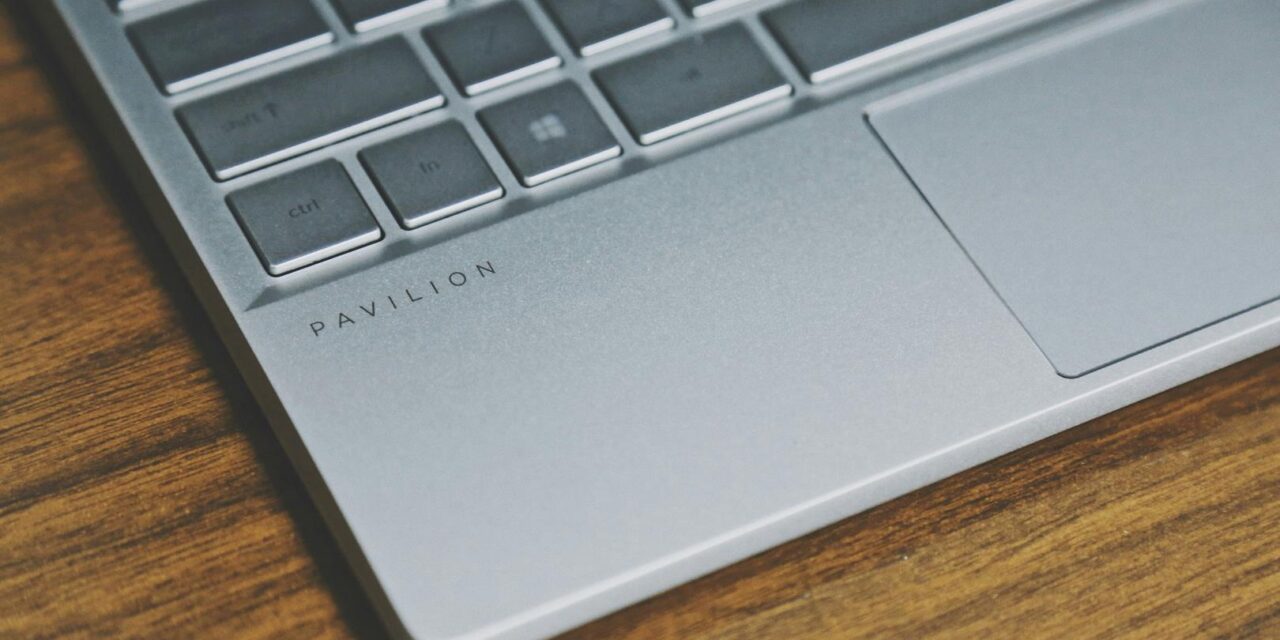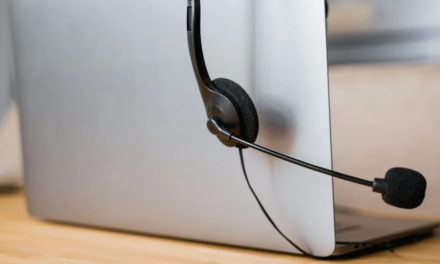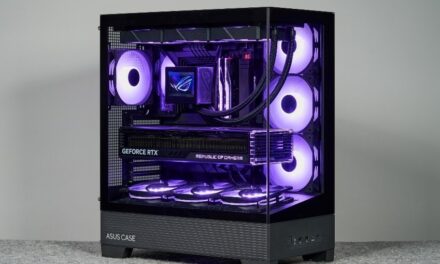
How to Prepare and Value Your Used IT Equipment for Resale

As newer, faster, and more efficient equipment becomes available, older IT assets may no longer meet the demands of daily operations. Instead of letting this equipment collect dust in a storage closet or contribute to electronic waste, selling used IT equipment is a smart way to recover value and contribute to a sustainable economy.
However, preparing and valuing your used IT equipment for resale involves more than just listing it online and hoping for the best price. A strategic approach ensures that you get the maximum return on your investment while making the process easier for buyers. In this article, we’ll cover everything you need to know about how to prepare and accurately value your used IT equipment before selling it.
Assess the Condition of Your IT Equipment
The first step in preparing your used IT equipment for resale is to assess its condition. Buyers want to know exactly what they are purchasing, and transparency is key to building trust and achieving the best price. When evaluating the condition of your IT assets, take note of the following:
- Physical Condition: Are there visible scratches, dents, or other forms of cosmetic damage? Take detailed photos and be honest about the condition in your listing.
- Functionality: Does the equipment still function properly? Test all features of the device, including ports, display, and performance. If there are any faults or performance issues, list them clearly.
- Age and Usage: Consider how long the equipment has been in use. IT equipment that’s too old may have outdated hardware or software that impacts its resale value. On the other hand, well-maintained and lightly-used equipment may still have significant market value.
Clean and Refurbish the Equipment
Presentation matters when selling used IT equipment, just as it does for other products. Before putting your items up for sale, make sure to clean and refurbish them to the best of your ability. Here are a few simple steps you can take:
- Clean the exterior: Wipe down the surface of the equipment with a soft, lint-free cloth. Use gentle cleaning solutions to remove any dirt or grime. Make sure to clean screens, keyboards, ports, and other visible parts.
- Dust the interior: For equipment like desktops or servers, consider opening up the device to remove dust that may have accumulated inside. Excessive dust can impact performance and give the impression that the device wasn’t well-maintained.
- Replace or repair damaged parts: If feasible, replace or repair damaged components like batteries, screens, or hard drives. Refurbished devices generally sell for more than those with visible defects or performance issues.
- Reset to factory settings: Reset the equipment to its original factory settings to remove all personal data (we’ll discuss data wiping in more detail later). This makes the device more attractive to buyers and prevents any accidental exposure of sensitive information.
Securely Wipe All Data
One of the most crucial steps in preparing your used IT equipment for resale is wiping all personal and confidential data from the devices. If you’re selling laptops, desktops, or other storage-equipped devices, data security must be a top priority.
There have been numerous instances where sensitive data was inadvertently left on resold equipment, leading to data breaches and identity theft. To avoid this, it’s important to take the following steps:
- Backup Important Files: Before wiping the data, ensure that all important files are backed up. Use an external hard drive or a secure cloud service to store your data.
- Use Professional Data-Wiping Software: Simply deleting files or performing a standard factory reset is not enough to permanently erase sensitive information. Instead, use professional data-wiping software that overwrites the data several times to make it virtually unrecoverable.
- Consider Third-Party Data Destruction Services: If you’re selling enterprise-level IT equipment or handling highly sensitive data, it may be worth hiring a third-party service that specializes in data destruction. They will ensure that all information is securely erased and can often provide certificates of data destruction for your peace of mind.
Research the Market Value
Valuing your used IT equipment can be challenging, as prices can fluctuate based on the condition of the device, age, demand, and other factors. However, accurate pricing is essential to ensure that you attract buyers without leaving money on the table. Here’s how you can determine the right price:
- Check Online Marketplaces: Platforms like eBay, Amazon, and specialized IT resale websites are excellent resources for gauging current market prices. Look for listings of similar equipment in comparable condition to get a sense of the going rate. Pay attention to both asking prices and completed sales to understand what buyers are actually paying.
- Consider Depreciation: IT equipment depreciates over time, and it’s important to consider the depreciation rate when pricing your items. For example, most IT equipment loses 20-30% of its value in the first year and continues to depreciate by 10-20% annually after that. High-end or specialized equipment may hold its value longer, but in general, the newer the item, the higher its resale value.
- Factor in Refurbishments: If you’ve invested time and money into refurbishing the equipment, such as replacing parts or upgrading components, be sure to account for those improvements in your pricing. Refurbished devices in excellent condition can often command higher prices than non-refurbished models.
- Demand and Rarity: The demand for certain types of IT equipment can fluctuate based on market trends. If the equipment you’re selling is no longer in production or is highly sought after for specific purposes, you may be able to charge a premium. Conversely, if newer models with better features are widely available, you may need to price competitively.
Choose the Right Platform for Selling
Choosing the right platform for selling your used IT equipment is key to reaching the right audience and maximizing your returns. Here are a few popular options:
- Online Marketplaces: Sites like eBay, Craigslist, and Facebook Marketplace are widely used for selling second-hand items, including IT equipment. These platforms offer access to a broad audience, but you’ll need to manage listings, communication with buyers, and shipping.
- IT Resellers and Refurbishers: Many companies specialize in purchasing and reselling used IT equipment. They often offer a quick and hassle-free sale, though they may pay less than you would receive through a private sale. If you’re selling a large volume of equipment, this option can be more efficient.
- Trade-In Programs: Some manufacturers and retailers offer trade-in programs where you can exchange your old equipment for credit toward new purchases. This is a convenient option for businesses looking to upgrade their technology while offloading older assets.
Create an Attractive Listing
Once you’ve cleaned, refurbished, and priced your IT equipment, it’s time to create a compelling listing. A well-written and detailed description can significantly improve your chances of making a sale. Here are a few tips for creating an effective listing:
- Include detailed photos: High-quality photos of the equipment, including close-ups of any flaws, help build buyer confidence. Show the device from multiple angles and highlight important features like ports, screens, and model numbers.
- Provide a thorough description: In your listing, clearly state the make and model of the device, its specifications, condition, and any issues or repairs that have been made. Be upfront about the condition to avoid any misunderstandings with potential buyers.
- Highlight warranties or accessories: If the device is still under warranty or comes with accessories like power cables, original packaging, or manuals, make sure to mention it. These details can make your listing more attractive.
Summing Up
Selling used IT equipment can be a great way to recover value from your outdated technology while contributing to a more sustainable world. By carefully preparing, securely wiping data, researching the market, and selecting the right platform, you can ensure that your used IT equipment sells quickly and at a fair price. Remember that transparency and professionalism are key to attracting buyers and making the most out of your sale.



























